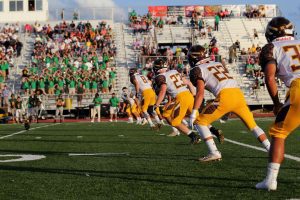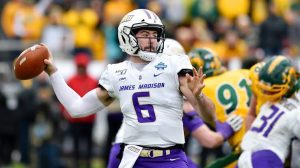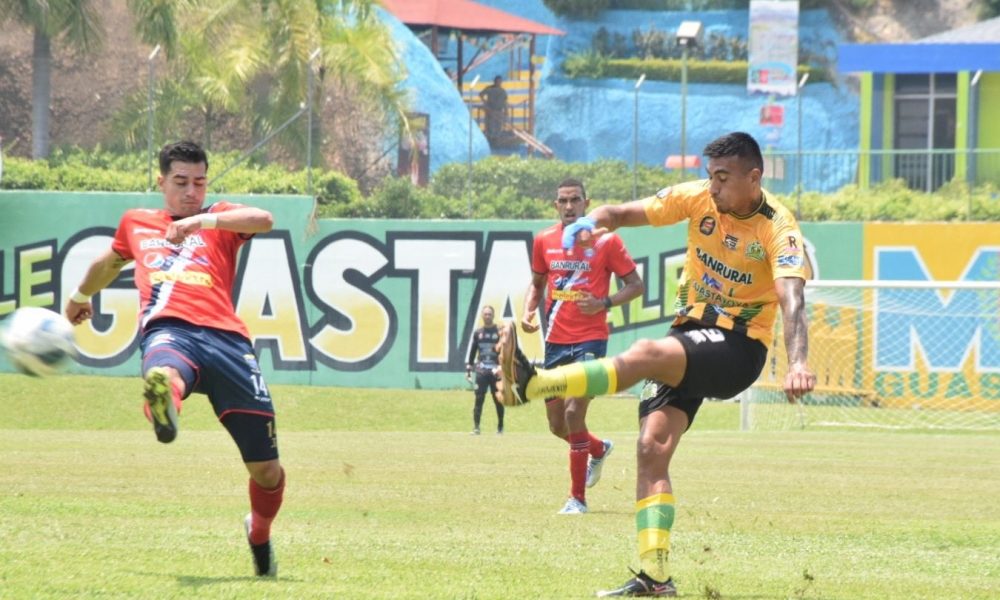Running with Sabiny – Revista corricolari running

Runners for Uganda: A Trans-African NGO Project That Shouldn’t Be Lost
The Sabiny live between Mbale and the Kenya-Uganda border and are part of the Kalenjin group. Two great athletes of the time, Joshua Cheptegei and Jacob Kiplemo, were born there, in the shadow of Mount Elgon near Kapshurwa.
In November 2021, Uganda’s first expedition is launched, a project of an NGO across Africa, where they travel to the region to sign an agreement with the Joshua Cheptegei Foundation, start a physiotherapy clinic and organize a solidarity race.
Here they tell us what the experience was like, what the status of the young athletes is and how we runners can collaborate with them on this exciting project.
1 I just took a trip to the Ugandan athletics Mecca, Kapshurwa. What makes Kapchorwa an exceptional place to train?

Kapchorwa is a mountainous city located at an altitude of 1800 meters above sea level, at the foot of Mount Elgón, so you cannot reach 2500 meters at all.
It is a rural area six hours from the capital where there are about seven athletics clubs. The weather is perfect, there is no asphalt, you are running on trails and there are endless slopes, it is a natural paradise for runners.
Both Jacob Kiplimo and Joshua Cheptegei are from the area, so there really is some tradition.
2 What is the role of athletics in a country like Uganda? Is athletics the most important sport in the country?
Athletics plays a very important role in terms of idols for the population, but it is far from the king of sports. As in the rest of the African continent, most children play football.
Of course, athletics is the sport in which there are their idols today. The boys want Jacob Kiplemo or Joshua Cheptegei and the girls of Biruth Shimotai, the first Ugandan to win an Olympic gold medal in the 3000m hurdles. 3 Ugandans, along with Kenyans and Ethiopians, are extraordinary athletes. What makes it exceptional? What do you think is the secret of success?

Ugandans, in fact, are exceptional, not only like Kenyans and Ethiopians, but like all athletes from countries in the Horn of Africa.
In Uganda, Kenya, Ethiopia, and also in Eritrea, Somalia, Djibouti and even South Sudan, most of the best current distance runners are found. Physiologists from all over the world have studied where the secret may lie and recent theories agree that there is no single factor, but rather a combination of many.
One factor is height, as they are not only trained, but also born. Then there are the living conditions, where physical exertion and high resistance are part of their daily lives because they were young. Schools are usually far from home, kilometers away, which are long trips they have to take every day. In addition, after school they do physical work to help the family.
Diet may also play a role. They eat healthy food, and do not eat fats or sweets. It is a diet based on grains and vegetables.
But there are other key factors: perseverance and dedication. There are not the majority of boys and girls who do long-distance athletics, but those who do so with absolute dedication.
And it’s something that’s rarely talked about: it’s rare to see an athlete from Uganda or anywhere in the Horn of Africa training alone and not having a big training group. Since they are young, they compete, and this makes them improve because competition is one of the keys to success.
4 The average Ugandan woman has five children. At what age did you start running and were you registered to run in a club?

Uganda is a very young country, and the third youngest country in the world, with an average age of 16. There are children everywhere. We organized a children’s race and called up all the clubs and in a short time there were more than 500 boys and girls, amazing. The quarry is huge and you can see boys and girls over 8 years old.
5 What are the most prominent shortcomings of the country’s young athletes?

The needs are clear: shoes, sports equipment, physical therapy. In addition, one of the clothes that girls value most is the sports bra or blouse.
Many of them run barefoot, because day in day out they wear flip-flops and take them off for the run. It’s scary because they run on stone-filled paths where it’s hard to run with proper shoes. As they fly, it is unthinkable to follow them.
As for physiotherapy, in principle it seems that no one has problems. They are training hard and they seem to have no injuries. But we opened the clinic and immediately more than 80 athletes with all kinds of diseases came in.
6 How does your physical therapy clinic work? What are the most common injuries that athletes are exposed to? Why were they injured?

The clinic, at present, is being repaired to provide it with a toilet and some rooms to be able to stay there. It looks great and is already open.
We have signed an agreement with the Cheptegei Foundation and any doctor can travel to Uganda to treat athletes. The Trans-African NGO and the Cheptegei Foundation They take care of food and housing. You can stay for a month, 15 days, 10 days… whatever you can.
Most common injuries? Ultrasound spoke for itself: a fibrous tear and many lower back problems. People get infected and carry on as if nothing happened. Someone tells you their knee has been in pain for 4 years but was never cured because they never thought they could be cured, and most of them don’t have that chance.
They get injured due to overload, they train very hard, in Kapchorwa there are some great slopes. In addition, the shoe breaks which makes it poorly support the foot and leads to wear of the knees.
The sad thing is that a simple sprain or plantar fasciitis can destroy a promising professional career …
7 You have donated more than 500 kg of sports equipment. What companies and institutions have made donations?

We have collaborations from New Balance, Sprinter, Inov8, Asics, Urbanrunning, 10kValencia and Francisco Victoria University.
In addition, the Colleges of Physiotherapy in Valencia and Andalusia provide us with stretchers and consumables to work in this field.
This trip would not have been possible without Rift Valley Expeditions, the travel agency responsible for organization and logistics. Experts in Africa with an office at the destination, they are able to solve any unexpected event that may arise on the go.
8 When do you plan to take the next trip?
The next expedition for physicists will likely depart in February or March 2022. The large expedition open to runners and volunteers will likely take place again in November 2022.
9 In what ways should mediators cooperate? Can we, for example, donate sports equipment or contribute in some other way?
The greatest help is to participate and sign up for one of our excursions and live the experience. Each passenger can load 20 kilograms of solidarity items onto the plane.
Logically, not everyone can travel which is why there are crowdfunding campaigns to purchase physical therapy equipment.
Another very convenient and good way to collaborate is to use Teaming and contribute €1 per month. It may sound silly, but this way we were able to buy an ultrasound machine. In other words, you can support the NGO and the project without it costing you more than “a cup of coffee a month”.
Here goes the link https://www.teaming.net/asociacionacrossafricauganda
10 On social networks, where can we track you?
You can see all the information on the site and follow us through the accounts of the NGO across Africa: https://www.across-africa.es/runners-for-uganda/https://www.instagram.com/across_africa_ong/https://www.facebook.com/AcrossAfricaAss Association

Photos courtesy of runners to Uganda and the NGO across Africa
Interview with Monique Lambie, Long-Term Innovator of English (www.englishforthelongrun.com) and (very) a famous runner.


“Reader. Beer practitioner. Web expert. Subtly charming travel geek. Friendly music specialist.”











